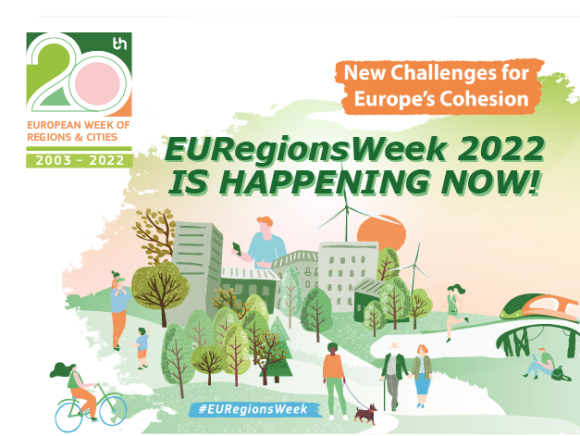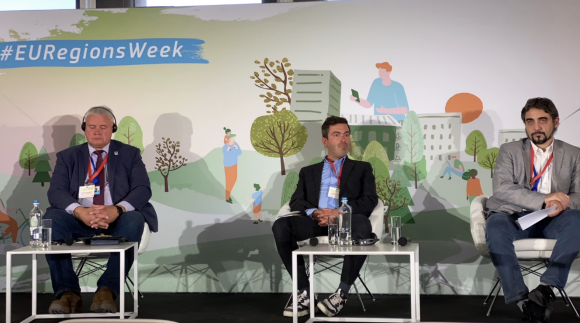
One of the most vulnerable groups in the labour market is the youth. After the so-called corona crisis, inflation and war are looming over European economics, as unemployment among young people is increasing. What can regions and small cities do to fight against this problem?
More than 71 million young people live in the EU nowadays. From all of them, 5 million are currently seeking for a job without succeeding. Meanwhile, employers try to attract them with more and more sophisticated methods, but how is it possible that demand for jobs cannot meet the supply when it comes to young people?
The problem of youth unemployment is on the agenda of EU Regions Week 2022, which is taking place in Brussels from 10th to 13th of October. Local authorities’ representatives were invited to discuss reasons and possible solutions for this problem.
Vytautas Grubliauskas, Mayor of Klaipeda (Lithuania) started the discussion by admitting the responsibility of previous generations for the current situation: “Fighting unemployment is what we do with consequences of actions we haven’t taken in past”.
Alexandros Paschalis, Deputy-Mayor of Edessa (Greece), agreed with Mr. Grubliauskas and added that, in many cases, it is cities and regions’ fault that they didn’t manage to attract the youth: “We cannot stop young people from travelling and living around the European Union. Indeed, we should encourage them to do so. The solution is to make our cities more interesting for them to stay”, he said.

These two speakers were invited to discuss the problem for an exact reason: they both represent small cities that are struggling with unemployment. Therefore, many young talents are moving away. “It will be a very long and complex process to attract people to stay, which will include improvements in our educational system and local infrastructure. If the city is not attractive when it comes to living conditions, we will always have high unemployment rates” – Grubliauskas stated.

Another possible solution was also mentioned: investing in research and digitalisation. This measure is supposed to help in the creation of jobs that the youth would like to take. In this sense, with the increasing number of young people graduating from university nowadays, there is also a much bigger demand for well-paid jobs (white-collar and blue-collar workers), that cannot be fulfilled with its’ supply.
Blue-collar jobs are those that involve a greater degree of physically taxing or manual labour, including farmers, mechanics, power plant operators, and electricians. White-collar jobs, on the other hand, typically work in office settings in clerical, administrative, and management roles.

In the current context, exacerbated by inflation, we should be prepared for even higher expectations of wages from the youth, who are no longer willing to work in unpaid jobs and never-ending trainees without salaries. Local authorities will have to make their cities more attractive to its citizens, but also make local entrepreneurships agree to be more generous.
Maria Korcz | Edited by Xoel Rodríguez Poy
Photos by Mateja Kelemenic and Valentina Stanculescu



